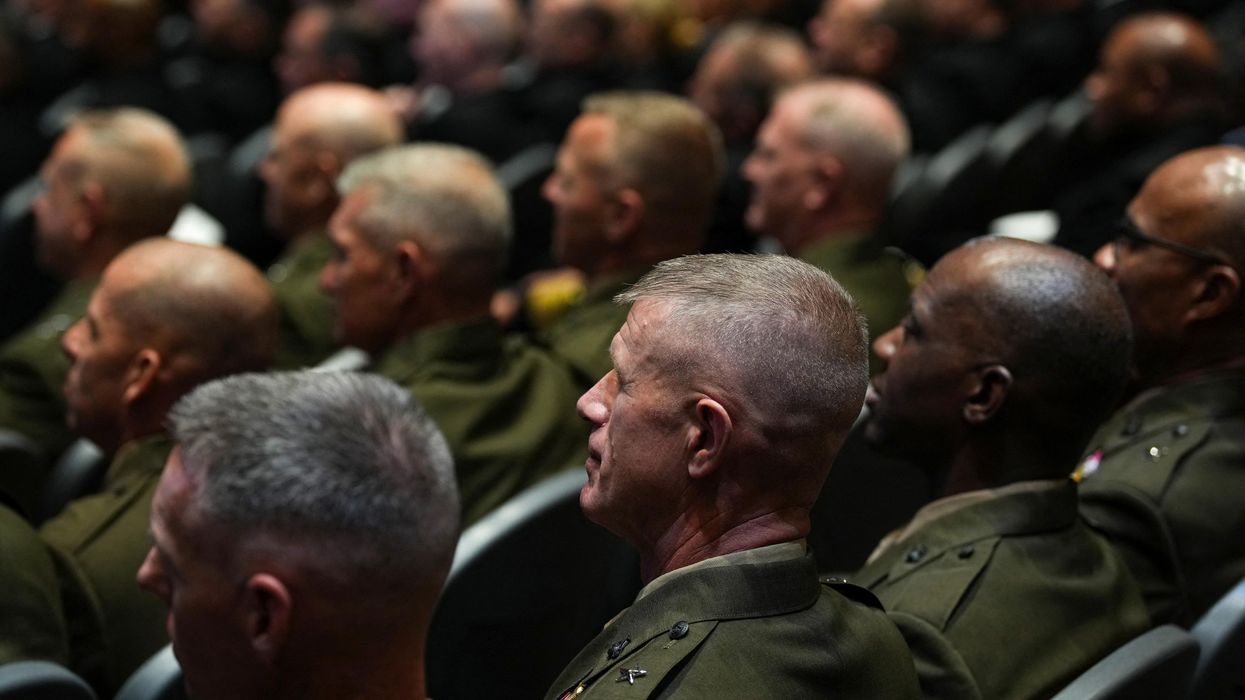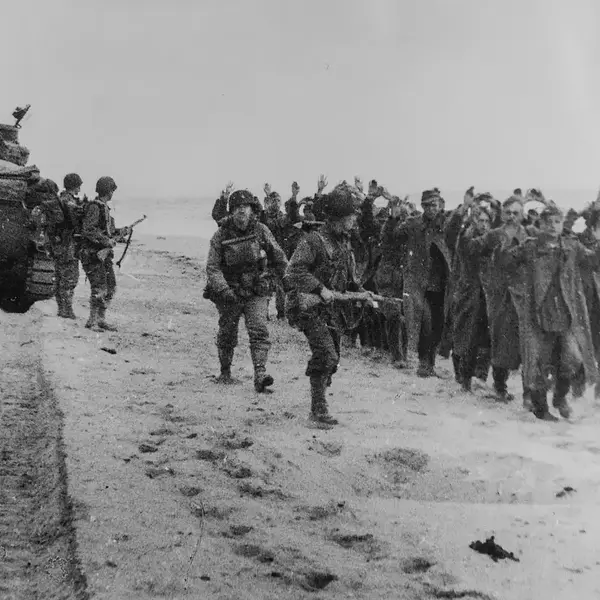In his latest book, The Spoils of War: Power, Profit and the American War Machine, Andrew Cockburn presents a damning account of America’s military-industrial complex, culled from his best work over a decade on the paradoxical nature of American military power: eminently powerful, yet so dysfunctional.
Two essential features make Cockburn’s reporting for Harper’s Magazine and the London Review of Books so incisive and reliable. For one, he pays careful attention to detail, which is no easy task considering the military technicalities permeating his subject matter. Secondly, his more than 40-year career has allowed him to cultivate sources and tap into history — he can contextualize and frame this story in ways less experienced writers and reporters cannot do.
To begin with, the author describes deficiencies within the American military that are driven by greed and political calculation and result in civilian deaths. The paradigmatic case is that of the progression of replacements for the A-10 aircraft by B-1 bombers and F-35 fighters to carry out close air support missions. The B-1 and F-35 models are not only exponentially more expensive than the older A-10s, but also ill-suited to differentiate civilians from military targets, writes Cockburn. Whereas A-10 pilots could fly low without fear of enemy ground fire, the B-1 bombers need to stay at high attitudes and rely on video-screen images. As Cockburn aptly explains, “video will often supply a false clarity to preconceived notions”
The use of the B-1 for offensive operations in Afghanistan has already had cruel consequences, having mistakenly killed 140 civilians in Farah Province. The F-35, which entered service in 2016 and also relies on a video feed for targeting, does not promise to be more accurate in its strikes, Cockburn writes, but “has one attribute that outweighs all other considerations: its enormous cost and the consequent political influence that comes from supporting 133,000 jobs spread across forty-five states.” While he does not deal with the topic in his book, it is important to note that the Department of Defense did not complete an audit of its activities until 2018, decades after other government agencies did the same.
When it comes to the military industry, Cockburn explains that mishaps in the defense programs run by military contractors have minimal negative repercussions for the contractors themselves. In fact, they can even have positive consequences if the contractors receive extra payment to solve the problems they have encountered/caused. Cockburn concurs with William J. Astore, who has often noted that there is “a perverse incentive within the system to build flawed weapons, since there’s so much money to be made in troubleshooting and “fixing” those flaws.” The military-industrial complex is singular in its unaccountability. If contractors make the same mistakes in the commercial market, “the punishment in terms of lost sales and lawsuits are likely to be more severe,” writes Cockburn.
The Spoils of War takes a glimpse into the period of the Cold War and explains how the United States and the Soviet Union fed each other’s military-industrial complexes. This is a topic Cockburn explored in depth before, particularly in his 1983 book The Threat: Inside the Soviet Military Machine. The “American threat” felt in Moscow played an analogous role to Washington’s perception of the “Soviet threat,” fueling an explosion of taxpayer funds to respective arms industries. Both in the United States and the Soviet Union, the military- industrial complexes had acquired the kind of “unwarranted influence” President Eisenhower had warned about in his 1961 Farewell Speech. Even with its comparatively limited power, Putin’s Russia has continued to be a catalyzer of American military expenditure. In 2018, the Russian president announced the development of Avantgard, a ‘hypersonic glide’ missile. The new missile would reportedly be capable of an unpredictable course towards a distant target. This would be a game-changer were it not for the fact that, according to military experts consulted by Cockburn, hypersonic technology renders missiles “unviable as effective weapons.” Billions of dollars have flown into military programs to develop missile defense systems against the new threat, however detached from reality it might be.
Cockburn also pays attention to how sanctions have become an essential tool in American modern warfare. At the core of this quasi-military effort, we find the Office of Foreign Assets Control (OFAC), a little-known agency with broad powers to design policy, draft laws, and enforce them. OPAC’s power is almost unchecked and represents the driving force behind the draconian sanctions on Saddam Hussein’s Iraq, Cuba or Iran. Cockburn, who visited Iraq in the first summer after the U.S. invasion of the country, wrote in 2013 for Harper’s Magazine about the considerable parallelisms between the situation in heavily sanctioned Iraq and the reports coming from Iran:
The most obvious similarity is the collapsing currency, dropping from 16,000 rials to the dollar in early 2012 to 36,000 a year later— very much according to the sanctions plan. (...) The echoes recur in less statistically obvious ways. Aircraft are crashing in greater numbers, largely because of an ongoing shortage of long-embargoed spare parts. Crime and drug addiction are growing exponentially, there being absolutely no shortage of narcotics (...) profiteers. The clearest echo of all is to be found in the sanctions on medicine. As in the case of Iraq, where “humanitarian” goods and services were supposedly exempt, this embargo does not officially exist.
Cockburn’s comparison is worth remembering since the “maximum pressure” campaign initiated by Donald Trump in 2018 after withdrawing from the JCPOA has led Iran to experience a similar ordeal in the present day. The three last articles we find in The Spoils of War — all of them originally published at Harper’s Magazine — explore how moral hazard and institutional failure in the U.S. contributed to the 2008 global financial crisis. Although some of the problems identified by Cockburn in the lead-up to the economic crisis — lack of oversight, deregulation — focus a bit on faults in the American military-industrial complex, these three last chapters are likely to appear to the reader as a significant detour from the main thread of the book. Perhaps some of Cockburn’s work on Donald Rumsfeld, who was a key driver of the American war machinery during his two periods as Secretary of Defense, would have been a better fit for a conclusion to Spoils. Cockburn published a biography of Rumsfeld in 2007 and has written about him more in shorter pieces.
Nevertheless, Spoils of War is a meticulously researched book that presents a critical perspective on the “American War Machine.” It paints a much-needed portrait of the powerful forces that keep military budgets up while constraining any oversight of the money spent and the consequences of military action. There are no easy solutions to the problems identified by Cockburn, but it is important we understand them before they can be faced.
















